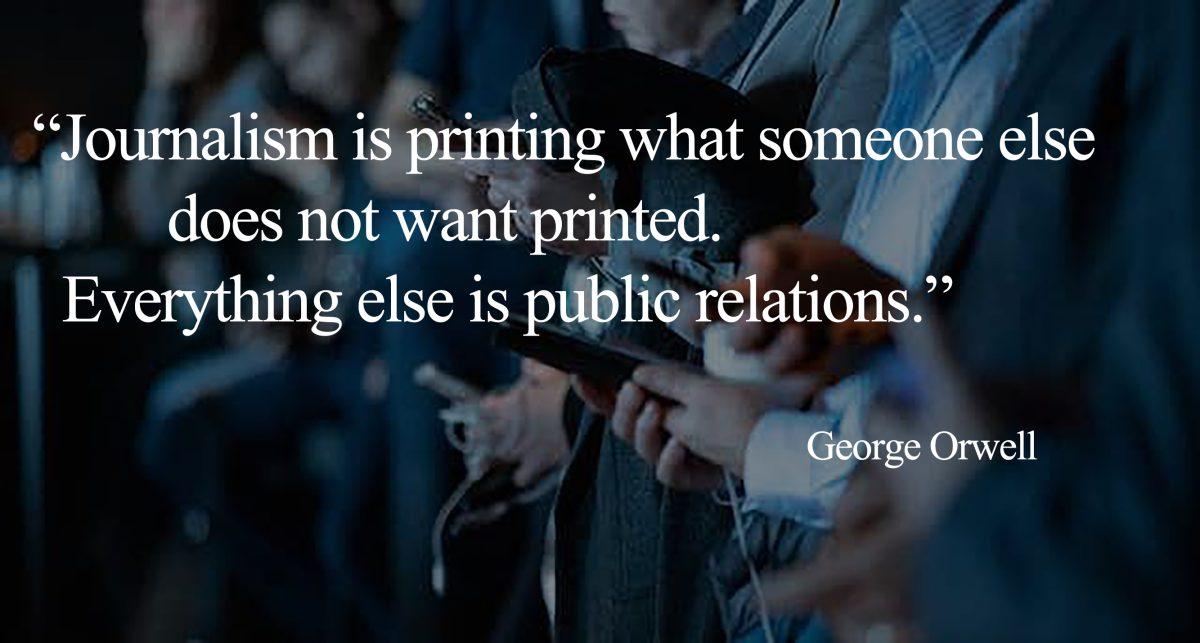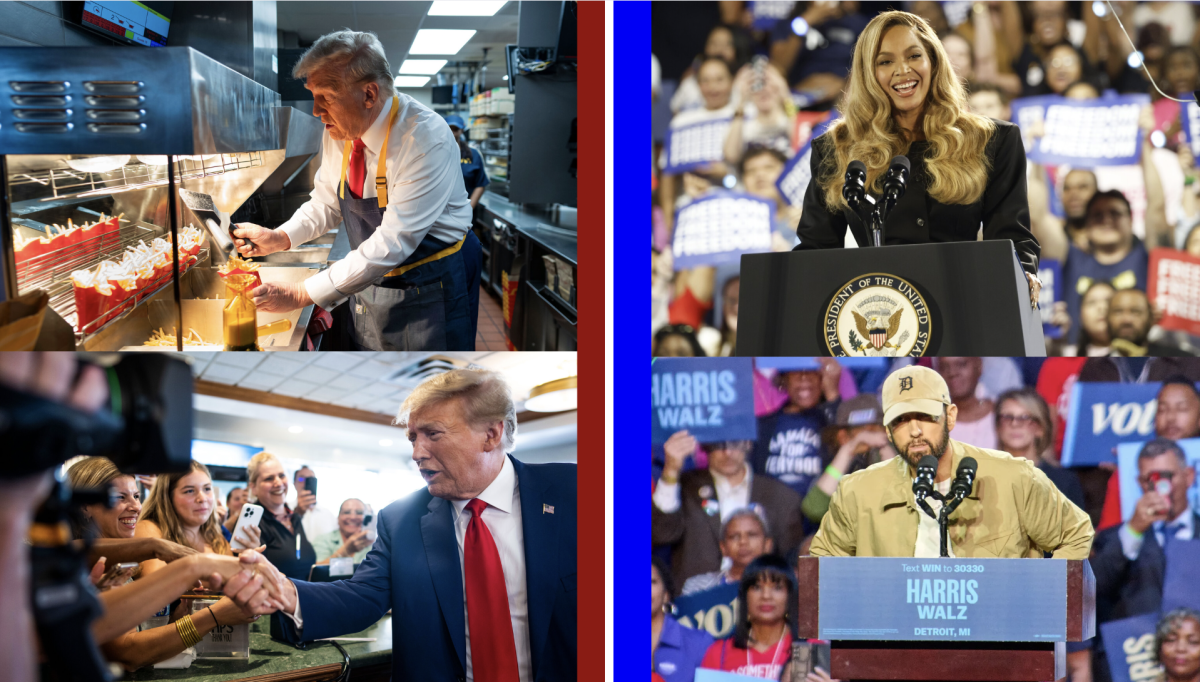Our generation creates new slang terms on an almost daily basis as a way to find creative ways to say old phrases. The previous generation’s vocabulary that no longer appeals to the masses gets taken and converted into something more intriguing and catchy.
One of the more recent additions takes the old phrase “Ponzi scheme” and turns it into something fresh: NFTs.
Non-fungible tokens, or NFTs, are among the most recent trends as the internet shifts into Web3 and blockchain technology. It is marketed as a unique item that can be bought, traded or sold between peers. Think of NFTs like a virtual Pokemon card or a rare Fortnite skin but exponentially more expensive.
It is fascinating to see how quickly this new fad has spread across the zeitgeist. Social media influencers such as Jake Paul, Logan Paul and David Dobrik began to promote NFTs. Then, as the idea gained more traction, the mainstream media also started to promote the tokens. Celebrities such as Floyd Mayweather, Brie Larson and Paris Hilton promoted NFT projects using their massive platforms.
But none of these influencers promoted NFTs because they believed in the power of a decentralized currency. They promoted it because they saw the dollar signs that came with making a couple of tweets about the project.
In reality, NFTs are being used to scam young individuals looking for opportunities to add a couple of zeros to their bank accounts. Influencers think of their fans as cash cows to fund their lavish lifestyle.
The increasing number of young college student NFT investors is frightening. However, it’s also easy to see how many fell into the non-fungible rabbit hole. Young college students are already burdened with high education costs, housing and essentials like food or gas. It is stressful having to open a bank account and see the hard-earned money being drained. This anxiety fuels the quest to find a fast way to earn money.
So, when a social media influencer flexes their wealth online, followed by a new investment opportunity, their unsuspecting fans take the bait. The NFT project is marketed as a new and exciting investment opportunity that the influencer just so happened to find, and because they love their fans, they just had to share it.
The truth is, these social media stars were paid thousands of dollars for a 15-second Instagram video or a 140-character tweet. These stars didn’t do an ounce of research and just cashed in on some easy money — the unsuspecting college students’ money.
The promoter gets paid, the fans buy in, and the project’s creator pulls the rug. Then, that jpeg image’s speculative price drops from thousands of dollars to pennies.
To be fair to NFTs, the overall concept has the potential to become an integral part of society. Anything unique to the individual can become an NFT. A ticket to a baseball game, a car pink slip or the deed to a house are all unique items that can one day become virtual files. It can differ from a regular file because it will be saved on a decentralized network that can only be linked back to the owner.
However, that integration is years away and the technology in its current form is used as just a get-rich-quick scheme by morally bankrupt influencers.
The best way to not get scammed in this NFT wild west? Don’t buy into it if you don’t have the money to spend. There is no winning with this unregulated market unless you are a millionaire with cash to throw away or are the one controlling the project.
Use the money you have earned wisely and find a better, long-term investment to place your money in, and don’t believe the next false prophet social media influencer touting massive earnings if you invest in a jpeg of a monkey.











